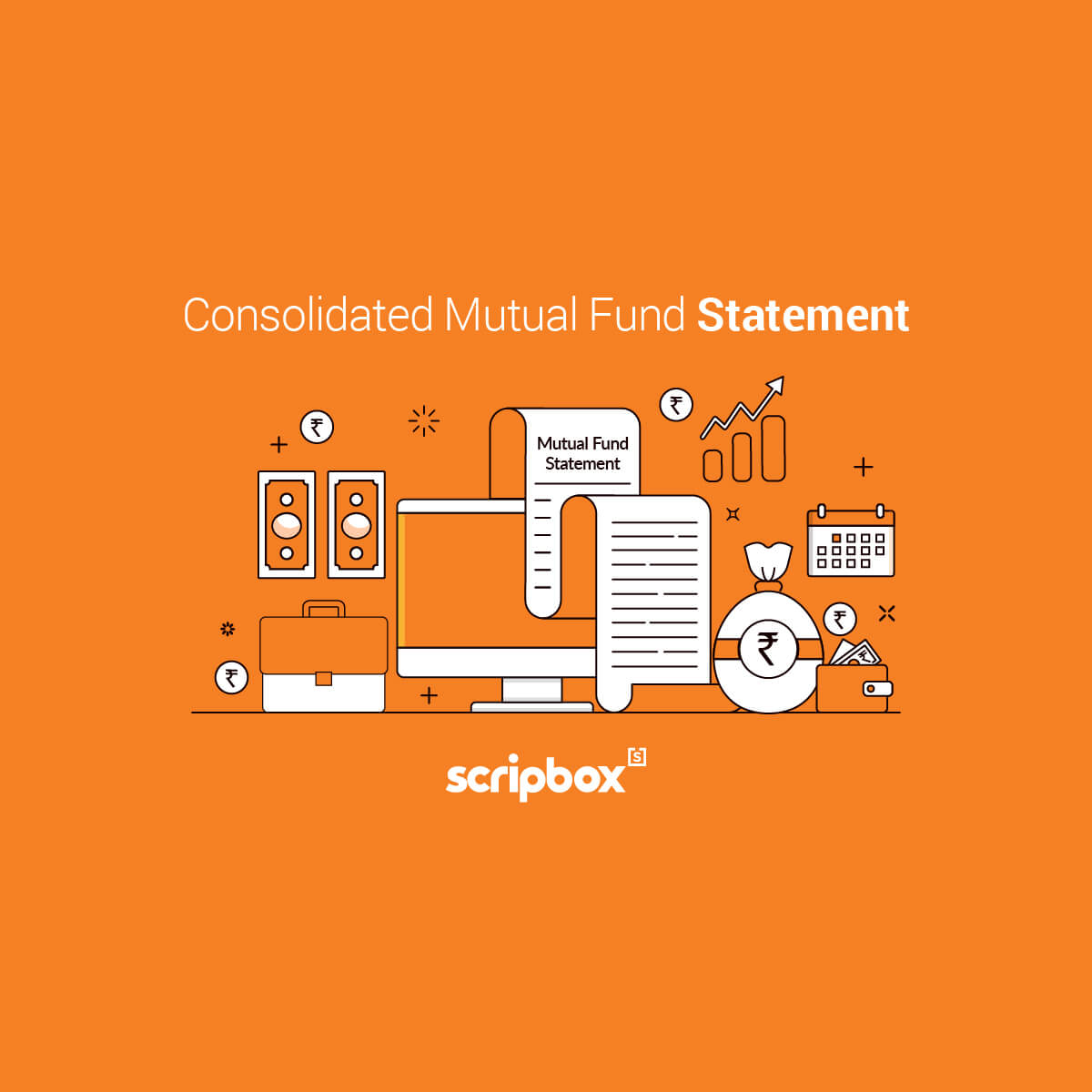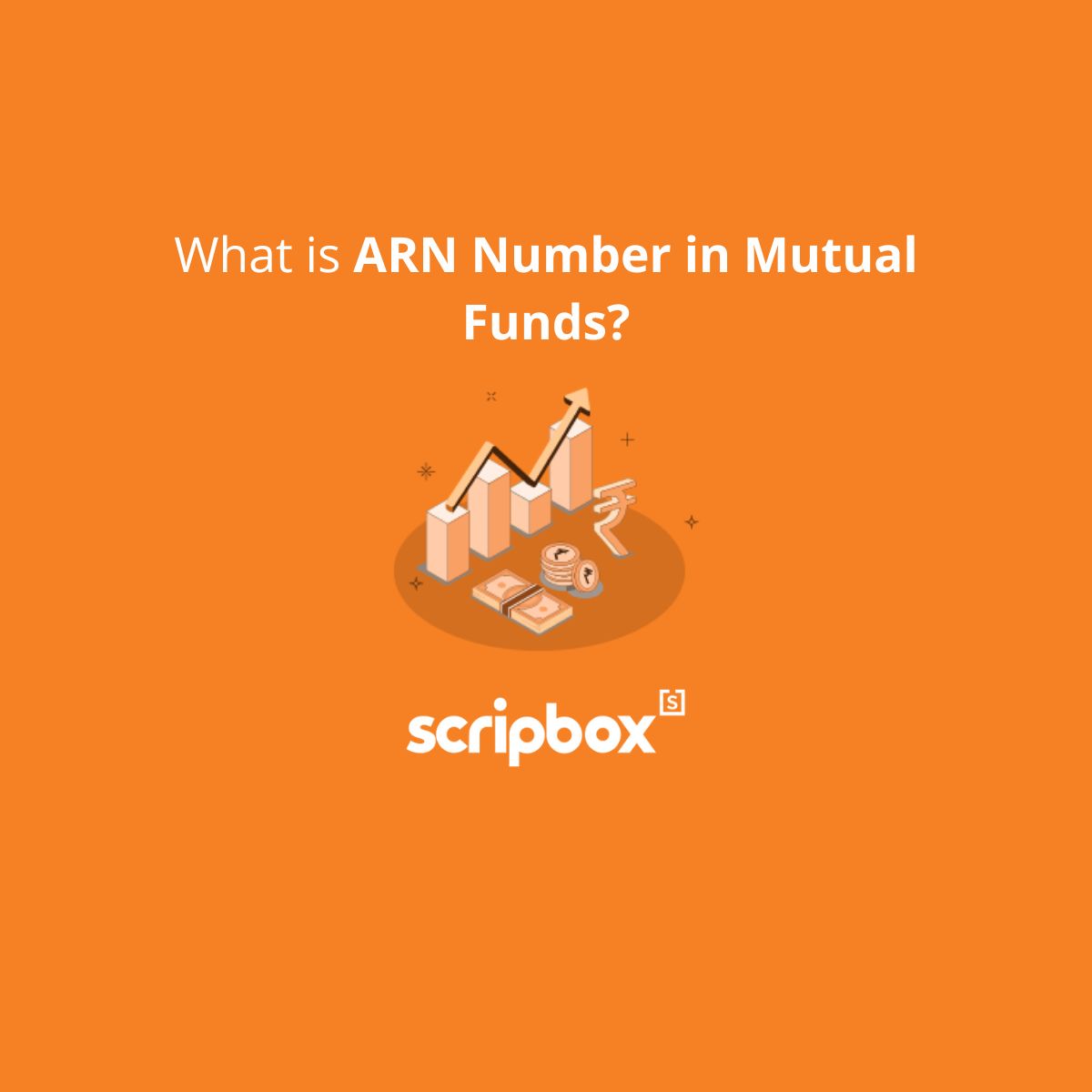Are Large Cap Funds High Risk?
Large cap companies are companies that rank between 1 to 100 by full market capitalization. These companies have a good track record with a strong balance sheet, proper management and sustainable business practices. Therefore, large-cap funds have a lower risk when compared to mid-cap and small-cap.
All investments come with a certain amount of risk. Large-cap funds are a type of equity investments. Equity investments are usually considered as high-risk investments. However, within the equity category, large-cap funds are considered to be less risky as they invest in companies with a proven track record. These established businesses are less volatile to market fluctuations in comparison to other mid and small-cap companies.
Large Caps funds offer excellent growth potential and significant returns. Large cap mutual funds invest in these large-cap companies. As these funds invest in the top 100 companies, they fare well during market fluctuations. Therefore, large-cap funds are suitable for investors who have a moderately high-risk profile with a long term investment horizon.
Large-cap funds offer stable and high returns over the long term in comparison to other equity funds. Having exposure to the large-cap is beneficial as they provide stability to the investment portfolio. Every portfolio requires some balance, and investing in large-cap helps in achieving the balance. Investors seeking some equity exposure, but at the same time, do not have a very high-risk tolerance can invest in large-cap mutual funds.
Which is the Best Large Cap Fund?
Following are the top large-cap funds that Scripbox recommends.
- Axis Bluechip Fund
- HDFC Top 100 Fund
- ICICI Prudential Bluechip Fund
- ICICI Prudential Bluechip Fund Institutional
- Mirae Asset Large Cap Fund
Explore: Best Large Cap Funds
Difference between Large Cap, Mid Cap and Small Cap Funds
The following table summarizes the key differences between large, mid and small-cap funds:
| Basis of Difference | Large Cap Funds | Mid Cap Funds | Small Cap Funds |
| Risk Profile | Low when compared to mid and small-cap funds. | High when compared to large cap. Low when compared to small cap. | High when compared to large-cap and mid-cap funds. |
| Liquidity | Good liquidity | Moderate liquidity | Less liquid |
| Volatility | Less | Moderate | High |
| Returns | Steady and consistent | Higher returns than large-cap funds. | High risk, and thus high return in the long term. |
| Tenure | Medium to long term | Long term | Long term |
| Who Should Invest? | Conservative investors who are willing to take on some equity exposure. | Moderate to high-risk tolerance level. | Very high-risk tolerance level. |
Should I Invest in a Large Cap or Small-Cap Fund?
The choice of a large-cap or small-cap largely depends on the investor’s investment portfolio. For instance, an investor with very high-risk tolerance levels and a long investment horizon can invest in small-cap funds for additional growth as long as they know what they are doing. At the same time, an investor seeking equity exposure with moderate levels of risk tolerance can invest in large-cap funds. Therefore, on the basis of investment objective, investment horizon, risk tolerance levels, and other factors, one can decide whether a large-cap or small-cap is better for them.
Largecap companies are well-established businesses that have been consistently performing well over the years. These companies are the market leaders in their respective sectors with an impressive track record. Largecap mutual funds invest in these top companies. Since they have an impeccable track record, their volatility with the market conditions is lower in comparison to others like midcap and smallcap. Also, these funds offer significant returns to their investors in the long term. Therefore, investors who wish to have some equity exposure in their portfolio and do not have very high-risk tolerance can invest in these funds.
On the other hand, smallcap companies are relatively new companies. They rank after 250th as per market capitalization. These companies have great potential to grow beyond anyone’s expectation. They can give significant returns in the short term. However, this also means that they are highly volatile. Since smallcap funds are high-risk investments, investors with similar levels of risk tolerance levels can invest. Also, it is important to have a long term investment horizon to be able to average out the market volatility.
Should I Buy Large Cap Stocks?
Largecap companies are those that rank from 1 to 100 in terms of market capitalization. They are well-established and mature companies with a diverse product base. They have the capacity to withhold market volatility and are financially stable. Their loyal customer base and well-established distribution network have increased their brand value.
Investing in largecap stocks will yield good returns in the long term. They are less riskier than midcap and smallcap stocks. However, as these companies are well established, their growth potential is lower than mid and smallcap companies. Largecap stocks are the ones that make up the Nifty 50 and Sensex index. Investors can consider investing in these stocks to diversify their portfolio.
Alternatively, investors can invest in largecap mutual funds that majorly invest in largecap stocks. If investors lack the knowledge and time to manage their investment portfolio, then mutual funds are an excellent alternative to stocks. Largecap mutual funds invest at least 80% of their assets in largecap stocks. The fund managers of these mutual funds perform extensive research to select the best stocks for the largecap mutual fund.
How Do You Know If a Stock is a Large Cap?
In India, the stocks that rank from 1-100 in terms of market capitalization are largecap stocks. SEBI has defined a largecap to maintain uniformity among equity schemes. As the share prices keep fluctuating, the market capitalization also changes. Hence the rank of the companies keeps changing.
Investors can easily check on any search engine for the first 100 companies according to market capitalization. Another way to know if the company is a largecap or not is to see the Nifty 50 index and BSE Sensex. Though both the indexes have 50 and 30 companies respectively, all the companies on these two exchanges are largecap.























Show comments